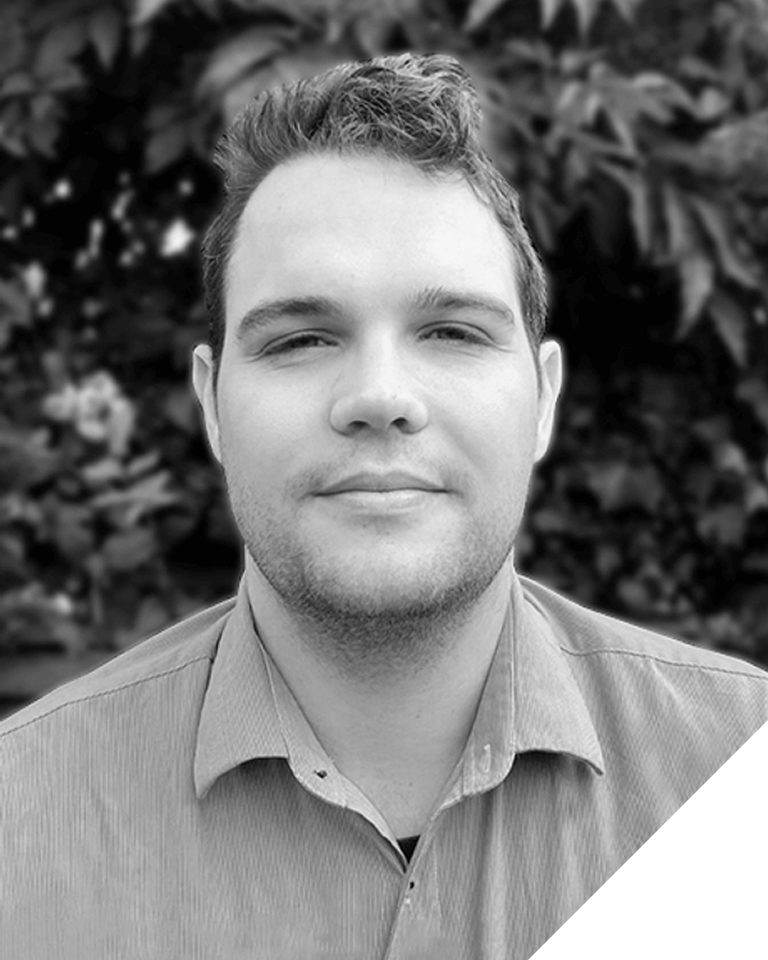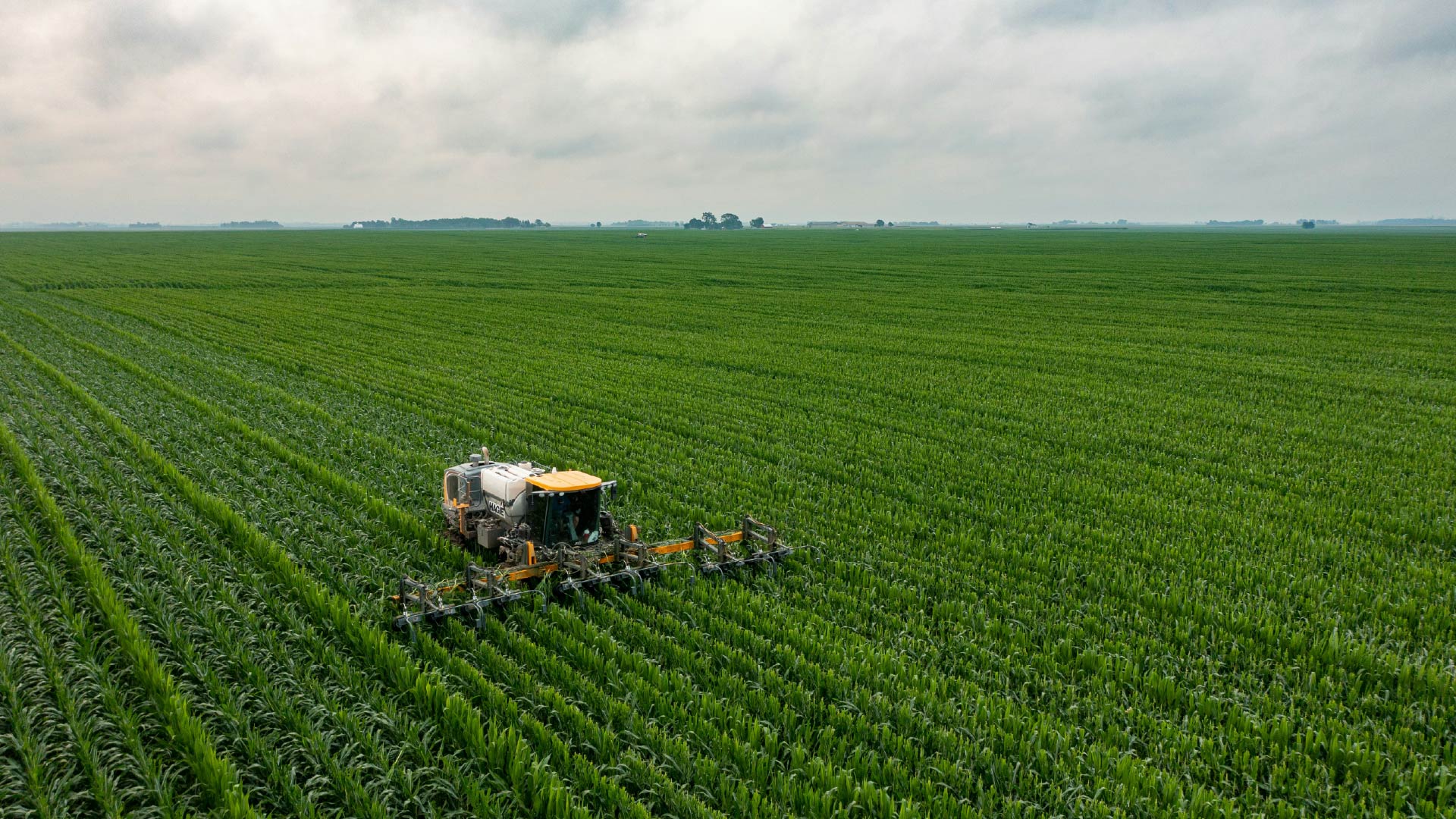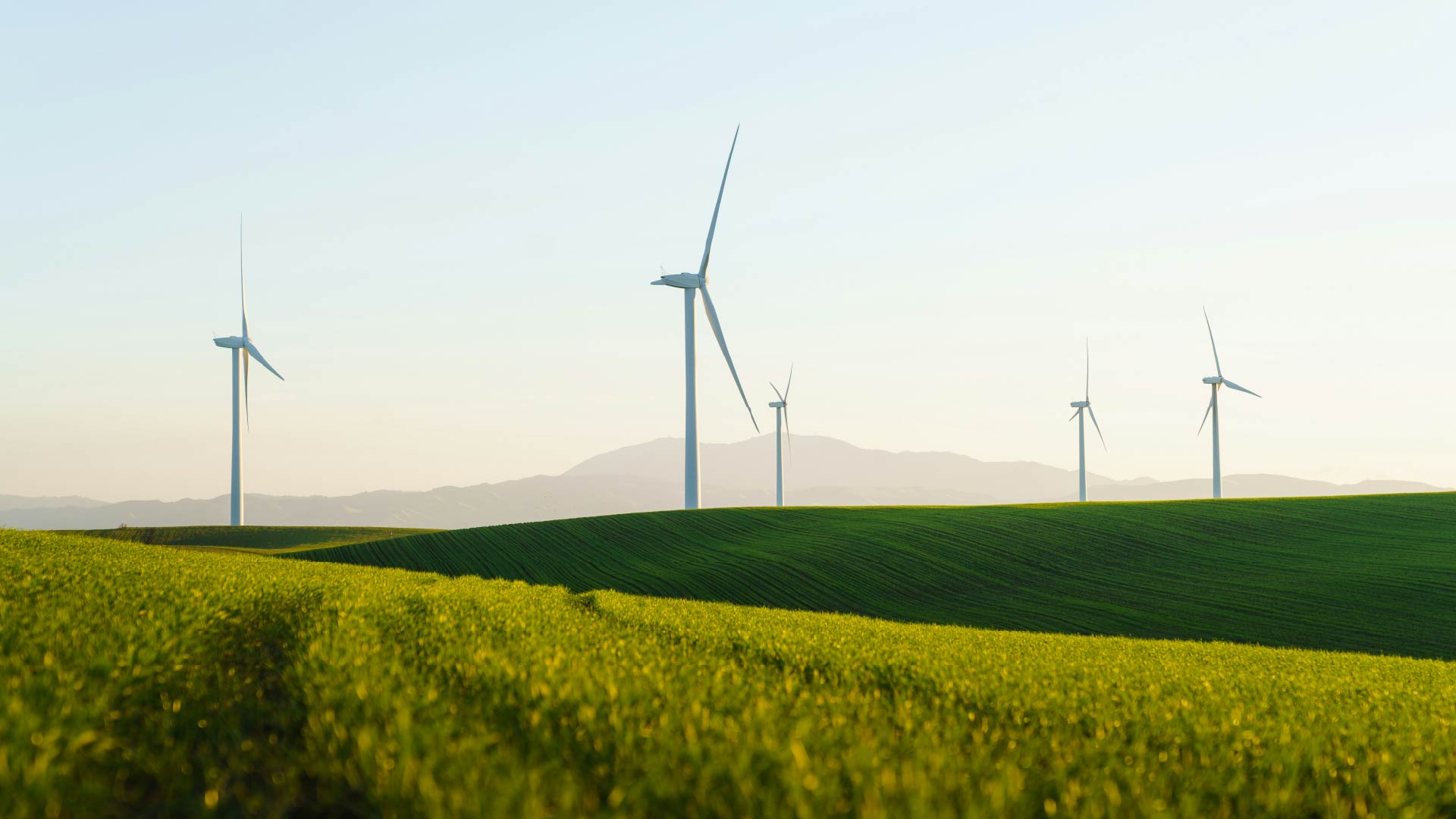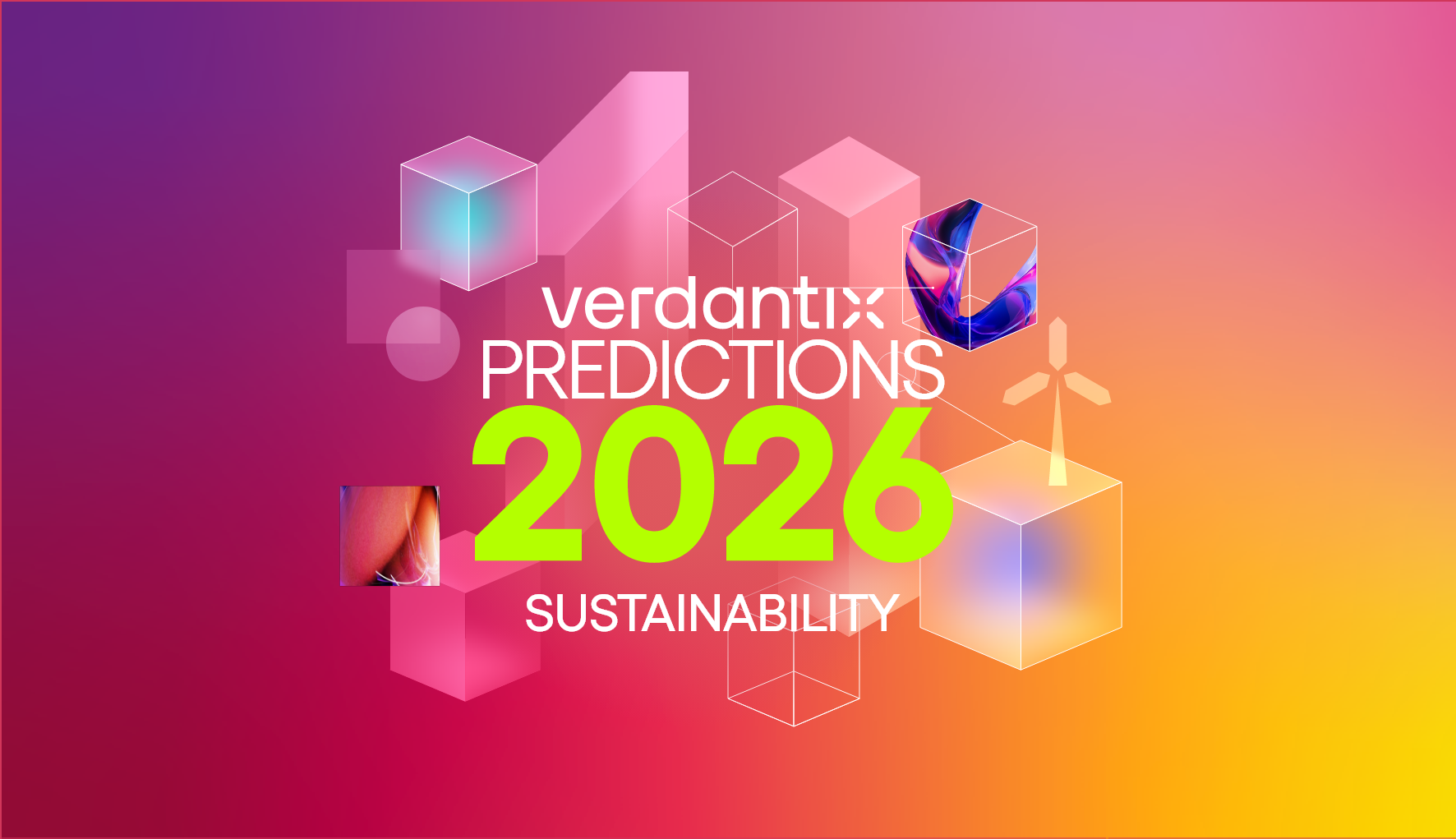Verdox $80m Fundraising Shows Thirst For Direct Carbon Removal Technology
10 Feb, 2022
Verdox, an electric carbon capture and removal company, announced on the 2nd February, 2022 that it had raised $80m in committed capital from investors including Bill Gates- backed Breakthrough Energy Ventures, Prelude Ventures, and Lowercarbon Capital. The funding will be used by Verdox to commercialize and deploy its patented electrochemical carbon removal technology.
The firm was launched in 2019 by Prof. T. Alan Hatton and Dr. Sahag Voskian, who developed the proprietary technology at MIT. The technology is designed to remove CO2 from air or gas streams at any concentration level, including residual atmospheric levels. This sets Verdox apart from existing gas removal technologies, which require higher concentrations of CO2 emissions, limiting the technologies’ application to sites such as flue emission locations. Verdox claims its technology is significantly less energy intensive than alternatives, and is aiming to eventually be able to capture carbon at a price of $50 per tonne, a far cry from current prices for similar credits, which can range up to or beyond $1000 per tonne (see Verdantix: Climeworks Scales Up Atmospheric CO2 Removal As A Service); the technology has however yet to be tested outside of a lab.
How does the technology work? The device is essentially a large, specialized battery, which absorbs CO2 as air passes over charging electrodes. The CO2 is then released as the device discharges. One advantage of this system is that there is little energy input necessary for the device to function, and it can operate at normal pressures. The captured CO2 could then be used for industrial processes, such as agriculture or beverage manufacturing, or stored for long term disposal. For oil and gas firms, captured carbon is appealing as it plays a key role in enhanced oil recovery, whereby CO2 is pumped into reservoirs as a means of tertiary production.
DACC (direct air carbon capture) technology is in its infancy, but presents an exciting decarbonisation opportunity for climate-conscious firms. Competitors include Climeworks and Carbon Engineering, which have both raised in excess of $100m and have demonstrated commercial viability. The demand for ‘neutralisation’ offsets is high. Unlike nature-based credits, they remove carbon on an almost permanent basis. There are no concerns around the additionality of the credit. But availability is small; only Climeworks has commercialised DACC credits on a large scale, and the amounts of carbon neutralised are a drop in the bucket in the fight against climate change.
The appeal for DACC credits currently comes from climate-conscious, consumer facing brands. For big emitters, they are simply too expensive and the quantities too small. For firms with relatively small direct footprints, investing in neutralisation credits is a viable strategy to deflect greenwashing accusations, and offset otherwise unreducible emissions, such as those from air travel. Perhaps the biggest recent move in this space is the $3.5bn funding promised by President Biden’s infrastructure bill, for the building of four direct-air carbon capture facilities in the United States. Carbon Engineering, which has received funding from Chevron and Occidental Energy, plans to use captured carbon for oil recovery in the Permian Basin, claiming that this oil will essentially be carbon neutral. Time will tell if ExxonMobil – which has promised to reach net zero operations in the Permian basin by 2030, partially through ‘employing emissions offset technology’ – will similarly leverage DACC technology to produce ‘carbon neutral’ oil.
The firm was launched in 2019 by Prof. T. Alan Hatton and Dr. Sahag Voskian, who developed the proprietary technology at MIT. The technology is designed to remove CO2 from air or gas streams at any concentration level, including residual atmospheric levels. This sets Verdox apart from existing gas removal technologies, which require higher concentrations of CO2 emissions, limiting the technologies’ application to sites such as flue emission locations. Verdox claims its technology is significantly less energy intensive than alternatives, and is aiming to eventually be able to capture carbon at a price of $50 per tonne, a far cry from current prices for similar credits, which can range up to or beyond $1000 per tonne (see Verdantix: Climeworks Scales Up Atmospheric CO2 Removal As A Service); the technology has however yet to be tested outside of a lab.
How does the technology work? The device is essentially a large, specialized battery, which absorbs CO2 as air passes over charging electrodes. The CO2 is then released as the device discharges. One advantage of this system is that there is little energy input necessary for the device to function, and it can operate at normal pressures. The captured CO2 could then be used for industrial processes, such as agriculture or beverage manufacturing, or stored for long term disposal. For oil and gas firms, captured carbon is appealing as it plays a key role in enhanced oil recovery, whereby CO2 is pumped into reservoirs as a means of tertiary production.
DACC (direct air carbon capture) technology is in its infancy, but presents an exciting decarbonisation opportunity for climate-conscious firms. Competitors include Climeworks and Carbon Engineering, which have both raised in excess of $100m and have demonstrated commercial viability. The demand for ‘neutralisation’ offsets is high. Unlike nature-based credits, they remove carbon on an almost permanent basis. There are no concerns around the additionality of the credit. But availability is small; only Climeworks has commercialised DACC credits on a large scale, and the amounts of carbon neutralised are a drop in the bucket in the fight against climate change.
The appeal for DACC credits currently comes from climate-conscious, consumer facing brands. For big emitters, they are simply too expensive and the quantities too small. For firms with relatively small direct footprints, investing in neutralisation credits is a viable strategy to deflect greenwashing accusations, and offset otherwise unreducible emissions, such as those from air travel. Perhaps the biggest recent move in this space is the $3.5bn funding promised by President Biden’s infrastructure bill, for the building of four direct-air carbon capture facilities in the United States. Carbon Engineering, which has received funding from Chevron and Occidental Energy, plans to use captured carbon for oil recovery in the Permian Basin, claiming that this oil will essentially be carbon neutral. Time will tell if ExxonMobil – which has promised to reach net zero operations in the Permian basin by 2030, partially through ‘employing emissions offset technology’ – will similarly leverage DACC technology to produce ‘carbon neutral’ oil.
Discover more Corporate Sustainability Leaders content
See More
About The Author

Connor Taylor
Principal Analyst





